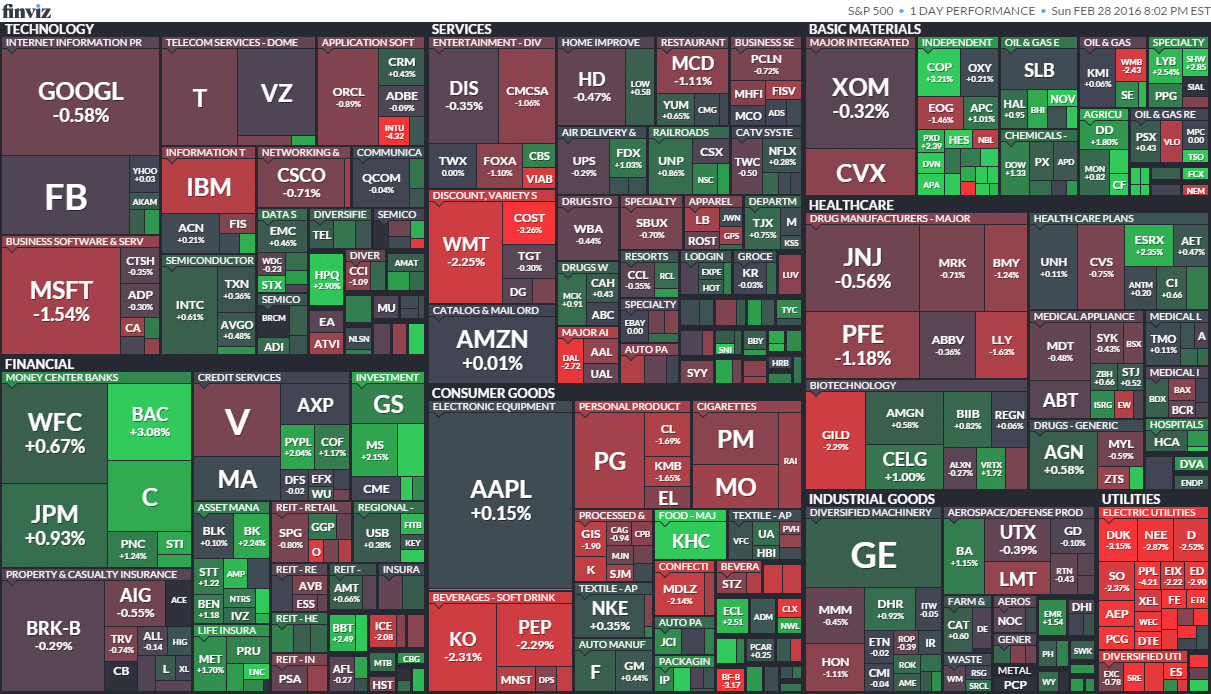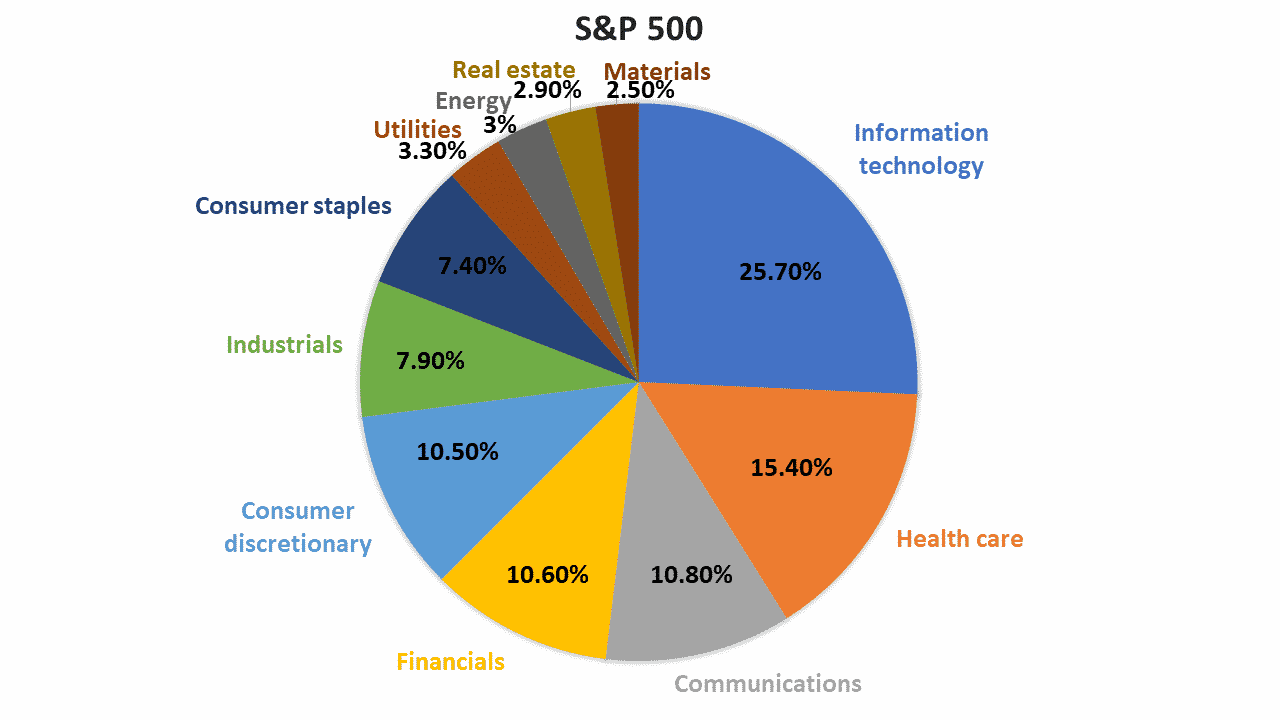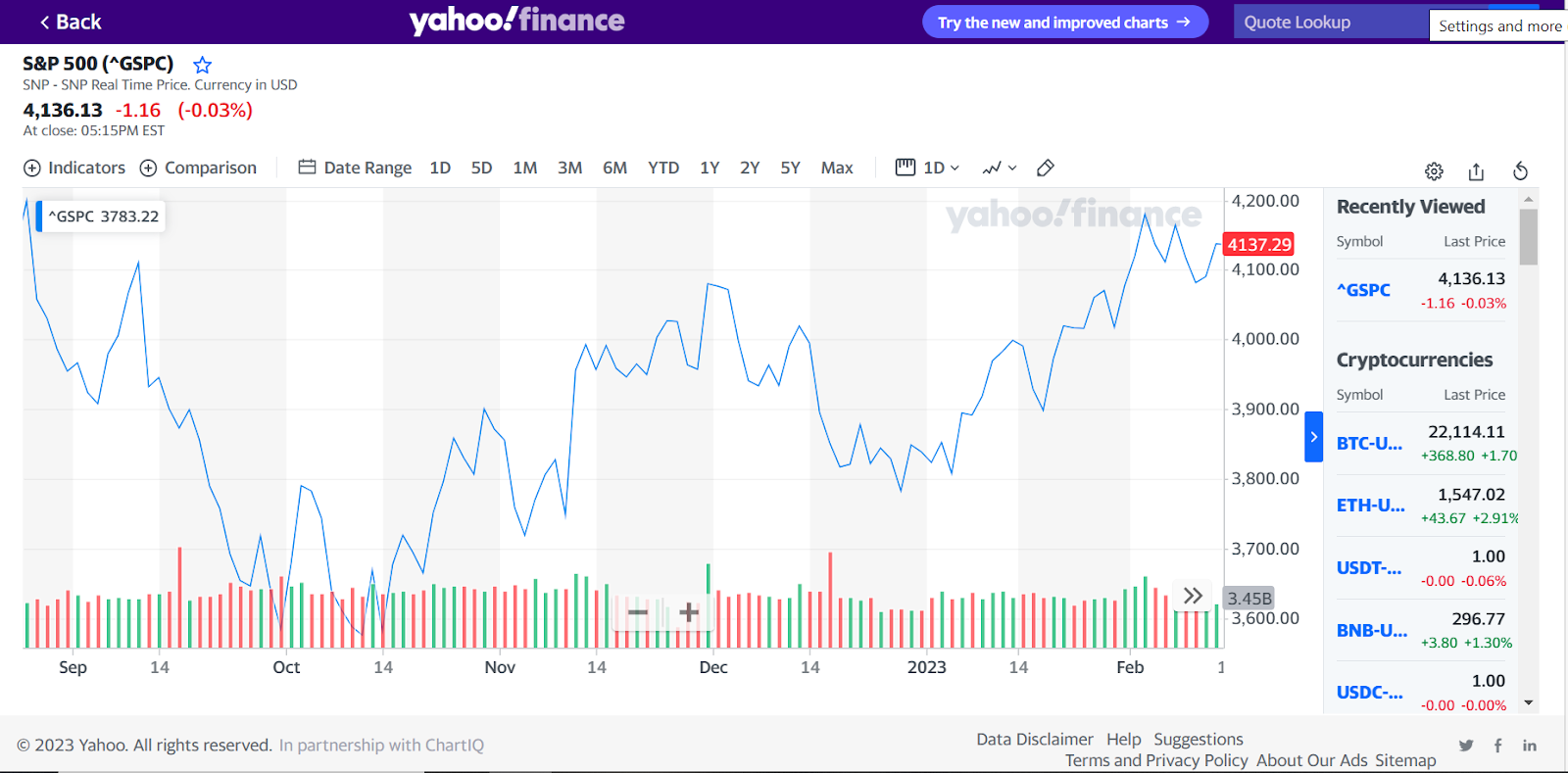

If you've ever followed the market news to update the ups and downs of economies and currencies, you must have heard of the S&P 500 index and the news surrounding it. Right now, with close-knit association among investing fields, this index is no longer important only for stocks but also for forex or any money flows.
Warren Buffett - the investment guru has put his faith in the value of this index pretty high when he entrusts his assets to the investment process with 90% in the S&P 500 fund. Therefore, in this article, we will dive deep together into what the S&P 500 is, how it is calculated and how to use this index information to adjust financial strategies, especially forex.

What is S&P 500?
The S&P 500 is an index calculated based on the market capitalization of the 500 largest companies listed on the US stock exchange. The first S&P Index was launched in 1923 as a joint project by the Standard Statistical Bureau and Poor's Publishing. The original index covered 233 companies in 26 different industries. The two companies merged in 1941 to become Standard and Poor's.
As the outstanding enterprises in the most powerful economy, through this index, economists and business investors can grasp the necessary information about the general fluctuations of the market.
The S&P 500 is managed by Standard & Poor's of McGraw-Hill which is one of the largest and most reputable credit rating agencies in the world. This is also the birthplace of other US stock indexes such as: S&P MidCap 400, S&P SmallCap 600 and S&P Composite 1500.
Previously, besides S&P 500, the Dow Jones Industrial Average (or simply Dow) was consistently ranked first in terms of market representation and investor interest. However, up to now, the S&P 500 has been rated as superior by the trading community by solving many limitations from the Dow Jones.
What does the S&P 500 measure?
How to calculate the S&P 500
The S&P 500 Index is calculated by dividing the Total Market Capitalization of the 500 constituent companies by a Divisor. With this formula, we can completely determine the 2 components that make up the S&P 500 index, which is the market capitalization of each component company and Divisor.
|
S&P 500 Index = Sum (Market Capitalization) / Divisor |
-
Divisor is a parameter that is adjusted in cases such as stock issuance, company split/merger, share repurchase, member company change... in a secure way to ensure that the above events do not affect the final value of the index.
-
Market Cap is the total value of all outstanding shares of a listed company. It is calculated by multiplying the market price of 1 corporate share by the total number of shares issued.
Principles
Using a market-cap weighting method, the list of 500 companies will be calculated and ranked by the Council based on meeting all of the following factors:
-
Market capitalization: At least $6.1 billion
-
Liquidity: High
-
Company headquarters: Located in the US (including 50% of fixed assets and turnover must be in the US)
-
Number of public shares: Must be more than 50% of the shares held by the public, not by the board and by company members
-
Industry: Based on GISC's global demand classification criteria
-
Financial capacity: Good, have clear annual reports, have at least 4 consecutive quarters of positive income
-
Listed share value: Reach a minimum value of 1 USD
-
Supply: Shares must be listed on the New York Stock Exchange, NASDAQ or BATS exchange
All the above conditions can be added and updated whenever necessary. Every quarter (March, June, September and December each year), a list of the 500 largest capitalization companies is published and a Representative Committee is selected to balance the quarterly index.

In the list of 500 companies, on top of the list, you will often hear familiar names such as Apple, Facebook, Amazon, Microsoft,... From positions under 400, we will see more significant change because some smaller companies appear infrequently.
Factors affecting the S&P 500 Index
Due to its large scale over the United States, any policy from the Government and Central Bank (FED) will affect the system of multi-branches companies and cause volatility to the final number. Weighting factors include:
-
Inflation: Keeping inflation at a stable level will be beneficial for the economy as a whole. In 2022, high inflation caused exports, retail sales, and production to all decrease in the US.
-
FED interest rates: The monetary policies and regulations of the Federal Reserve directly affect the ability of entrepreneurs to borrow and invest.
-
Commodity prices: Dominating purchasing power and the Consumer Price Index (CPI), the value of stocks is deeply influenced by commodities - the fundamental building block for the economy.
-
Dollar strength: A strong US dollar will have the advantage of cheaper imports of raw materials and products from developing countries. Conversely, a weakening dollar will make exports more competitive.
-
Other factors: natural disasters, elections, global recession, war,...
Note: In case you chose S&P 500, you can't directly invest in it because it's an index. You can invest in one of the many funds that use it as a benchmark, tracking its composition and performance.
S&P 500 Impact
A bag of top 500 companies in almost every important sector of the US economy, the S&P 500 index definitely plays a huge role. Ranging from the fuel industry, information technology, finance, industry to healthcare, F&B, these 500 businesses account for more than 70% of the stock value of the US as a whole.

Therefore, the S&P 500 index is appreciated for its broad representation of the market economy. Whenever the index fluctuates, it is meant to reflect important economic, political events or adjustments in monetary policy related to interest rates or inflation. Not only encapsulated in 500 large companies, this index is also an important "mirror" for the health of the economy.
Being the sum of the capitalization of important companies, any major shift from the policies of famous brands has the potential to affect the overall number. Tracking the value of the S&P 500 index, investors will get an overview of the big picture of the US stock market, thereby building an investment strategy in the flow of the market's movements.
Specifically, if the S&P 500 index rises or falls, the dollar value in comparison with other currencies also changes, which is an opportunity for traders to take advantage of those volatility. In addition, the contribution of technology companies in the S&P 500 also represents the relative flow of money in the crypto market.

Summary
Here are short and brief answers about the S&P 500 index and its impact on finance. It can be said that the advantages of this index in terms of objectivity and economic representativeness are undeniable. On the other hand, keep in mind that no index is perfect, this index will reflect little or no change in small companies.
Grasp this info, now you rather spend time or pay more attention on this index when updating market news to seize opportunities and reduce risks when holding related fund certificates or currency pairs that have USD. On the way to accumulate the knowledge, FXCE always accompanies you to provide interesting articles, services, and contests to the community:
-
Copy trade or become a signal provider: www.fxce.com
-
Join FXCE community about Social Trading Platform: https://t.me/fxceSTP
-
For more information and visualization: FXCE Official - YouTube



